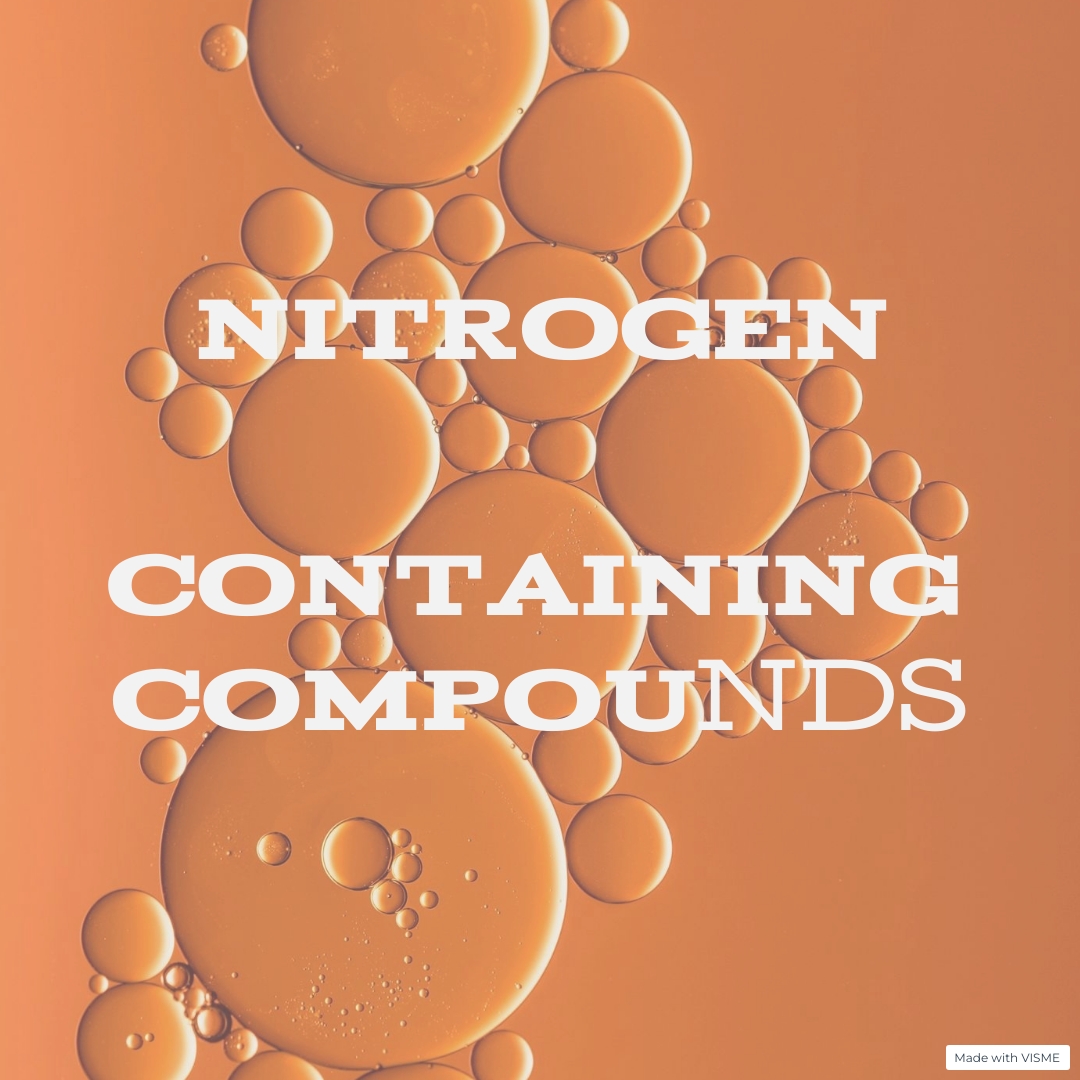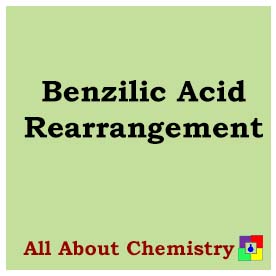The Elbs oxidation, also known as the Elbs persulfate oxidation, is a chemical reaction named after the German chemist Hermann Elbs. It is used to oxidize primary alcohols to aldehydes or carboxylic acids, depending on the reaction conditions employed.
The general reaction scheme for the Elbs oxidation can be represented as follows:
Primary alcohol→Aldehyde or carboxylic acidPrimary alcohol→Aldehyde or carboxylic acid
The Elbs oxidation typically involves the use of a persulfate salt (such as ammonium or sodium persulfate) in the presence of a catalytic amount of a transition metal salt, such as copper(II) sulfate or manganese(II) sulfate. The reaction proceeds via a radical mechanism, with the persulfate acting as an oxidizing agent.
The mechanism of the Elbs oxidation can be described in several steps:
- Activation of Persulfate: The persulfate salt (S2O82−) is activated by the transition metal catalyst to form sulfate radicals (SO4•−). This activation step typically involves the reduction of the persulfate by the transition metal, leading to the formation of sulfate radicals.
- Hydrogen Abstraction: The sulfate radical abstracts a hydrogen atom from the primary alcohol, forming a carbon-centered radical intermediate and a hydroxyl radical.
- Oxidation: The carbon-centered radical intermediate is then oxidized by another sulfate radical to form an aldehyde or carboxylic acid product, depending on the reaction conditions. If the reaction is carried out under mild conditions (e.g., room temperature, neutral pH), the primary alcohol is oxidized to the corresponding aldehyde. However, under more vigorous conditions (e.g., elevated temperature, acidic pH), further oxidation of the aldehyde to the carboxylic acid may occur.
Overall, the Elbs oxidation is a useful method for the oxidation of primary alcohols to aldehydes or carboxylic acids, depending on the desired product and reaction conditions. It is widely employed in organic synthesis for the preparation of various functionalized compounds.

The Elbs oxidation finds several applications in organic synthesis, particularly in the oxidation of primary alcohols to aldehydes or carboxylic acids. Some key applications of the Elbs oxidation include:
- Aldehyde Synthesis: One of the primary applications of the Elbs oxidation is the conversion of primary alcohols to aldehydes. Aldehydes obtained via this method can serve as versatile intermediates for the synthesis of a variety of organic compounds, including pharmaceuticals, agrochemicals, and fine chemicals.
- Carboxylic Acid Synthesis: Under more vigorous reaction conditions, the Elbs oxidation can be used to convert primary alcohols to carboxylic acids. Carboxylic acids are important functional groups in organic chemistry and find applications in various industries, including pharmaceuticals, polymers, and food additives.
- Functional Group Interconversion: The Elbs oxidation enables the interconversion of functional groups in organic molecules. Primary alcohols can be selectively oxidized to aldehydes or carboxylic acids, providing a route to introduce or modify specific functional groups in target molecules.
- Total Synthesis of Natural Products: The Elbs oxidation is employed in the total synthesis of various natural products, where the conversion of primary alcohols to aldehydes or carboxylic acids serves as a key step in the synthetic route. Natural products synthesized using the Elbs oxidation include alkaloids, terpenoids, and polyketides.
- Fine Chemical Synthesis: The Elbs oxidation is used in the synthesis of fine chemicals and specialty compounds. Aldehydes and carboxylic acids obtained via this method serve as valuable building blocks for the preparation of complex molecules with specific functionalities and properties.
- Method Development: Researchers continue to explore and develop variations of the Elbs oxidation to achieve specific synthetic goals. This includes the development of new catalyst systems, reaction conditions, and substrate scopes to enhance the efficiency, selectivity, and applicability of the oxidation reaction.
Overall, the Elbs oxidation is a valuable synthetic tool with diverse applications in organic synthesis. Its ability to selectively oxidize primary alcohols to aldehydes or carboxylic acids makes it an important method for the preparation of functionalized organic compounds in various industries and research fields.








